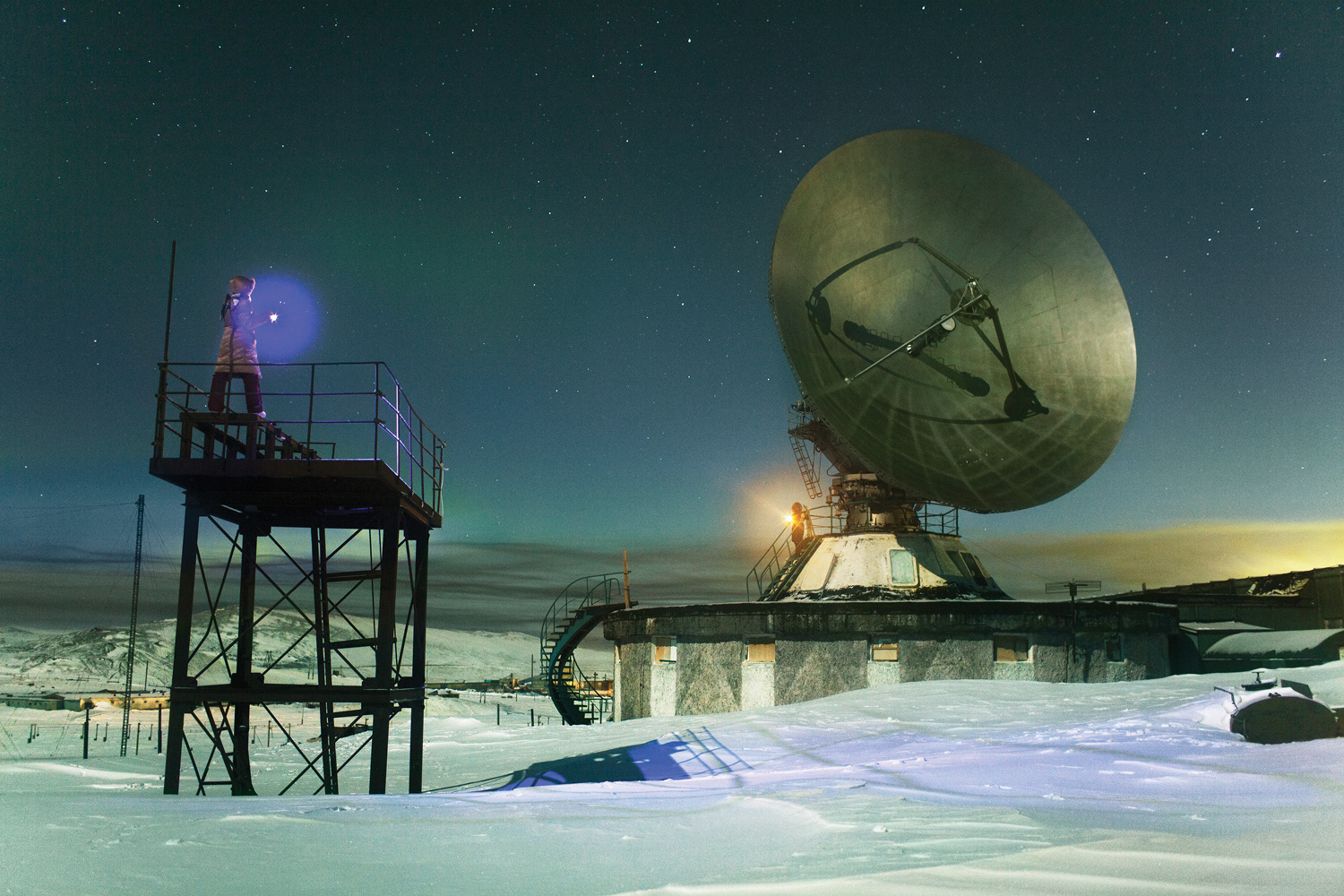Image


You should really subscribe now!
Or login if you already have a subscription.
Evgenia Arbugaeva has won numerous photography competitions, including the Leica Oscar Barnack prize, and is a recipient of a grant from the Magnum Foundation, which supported her Tiksi project.